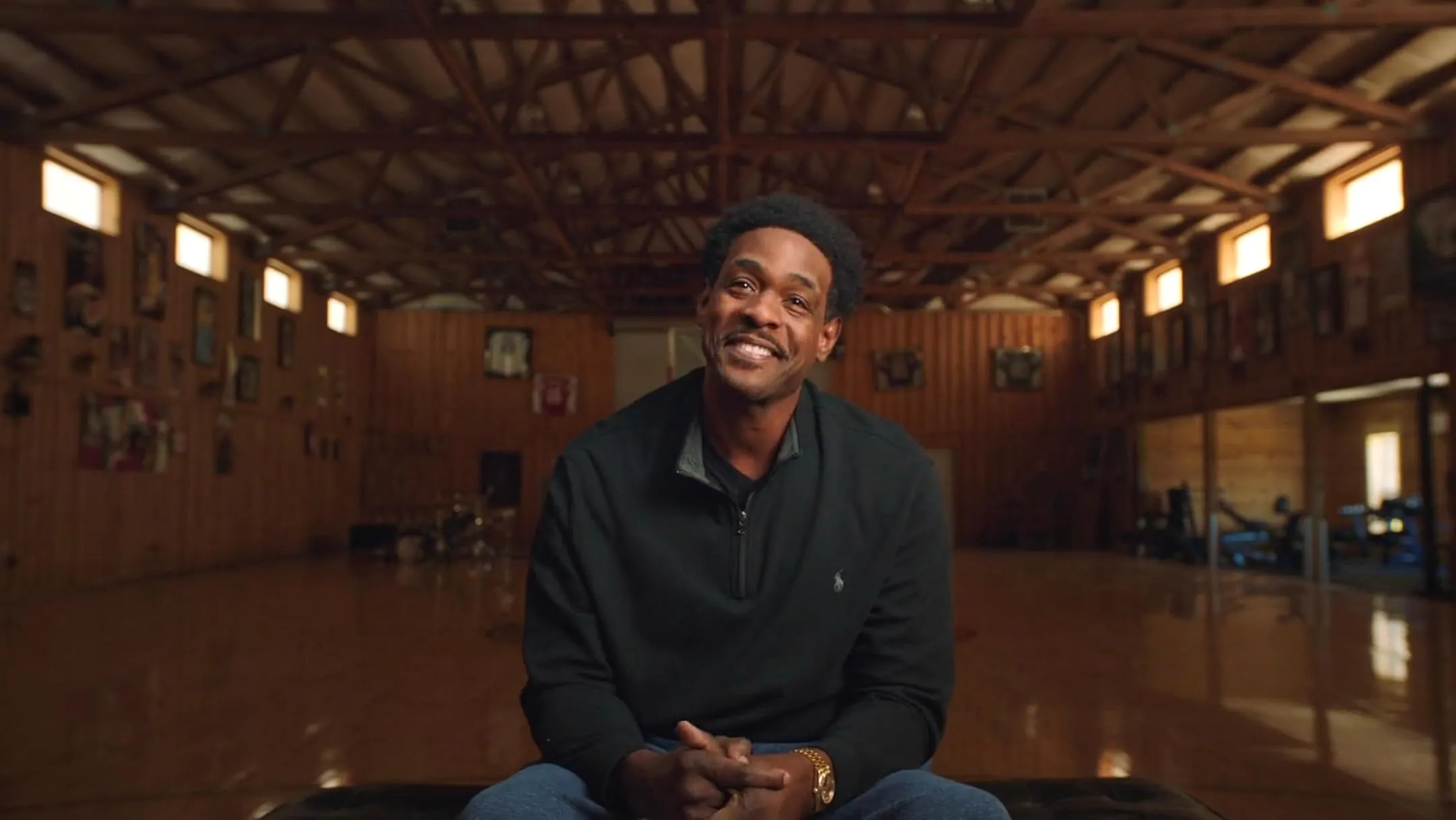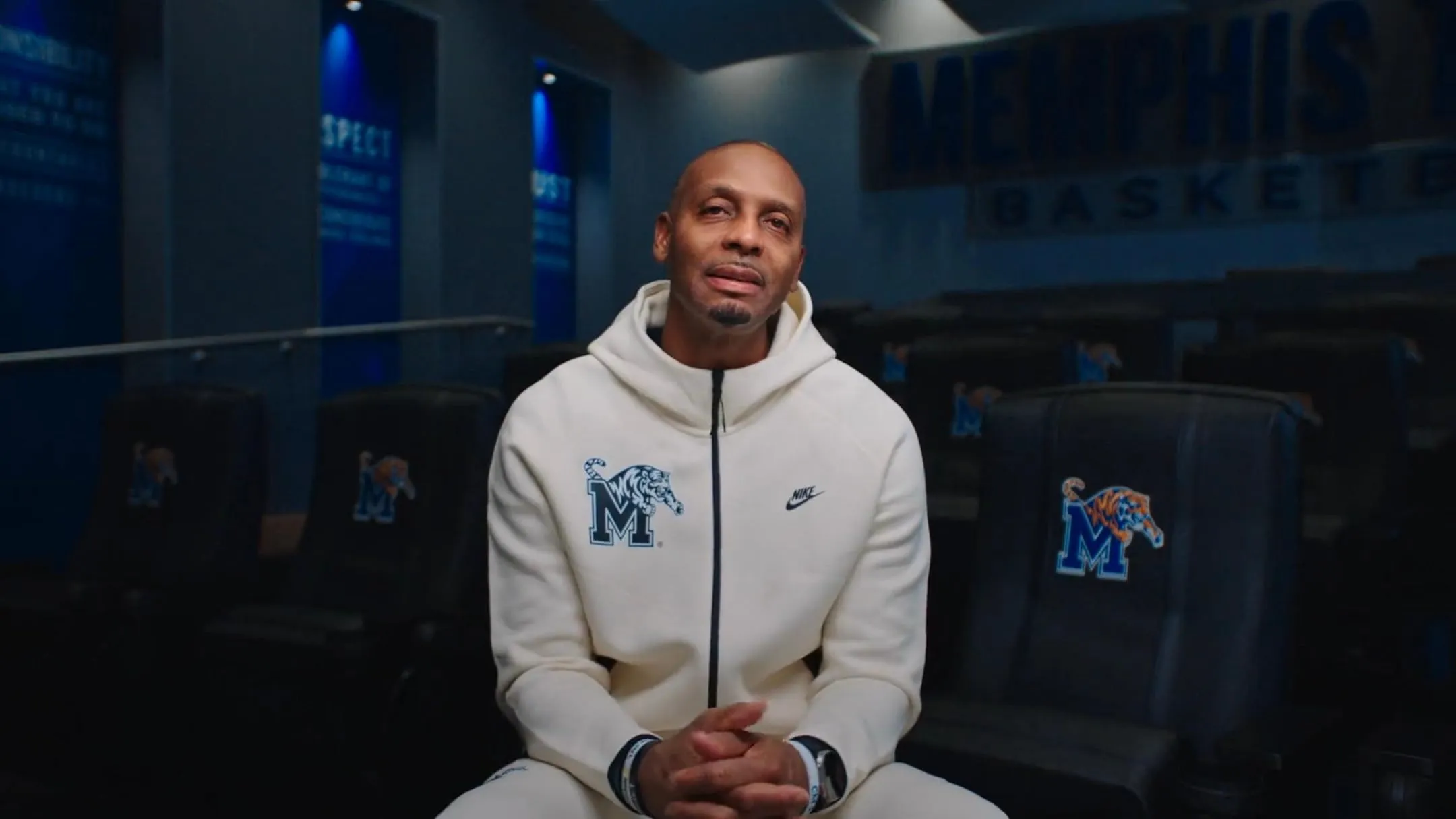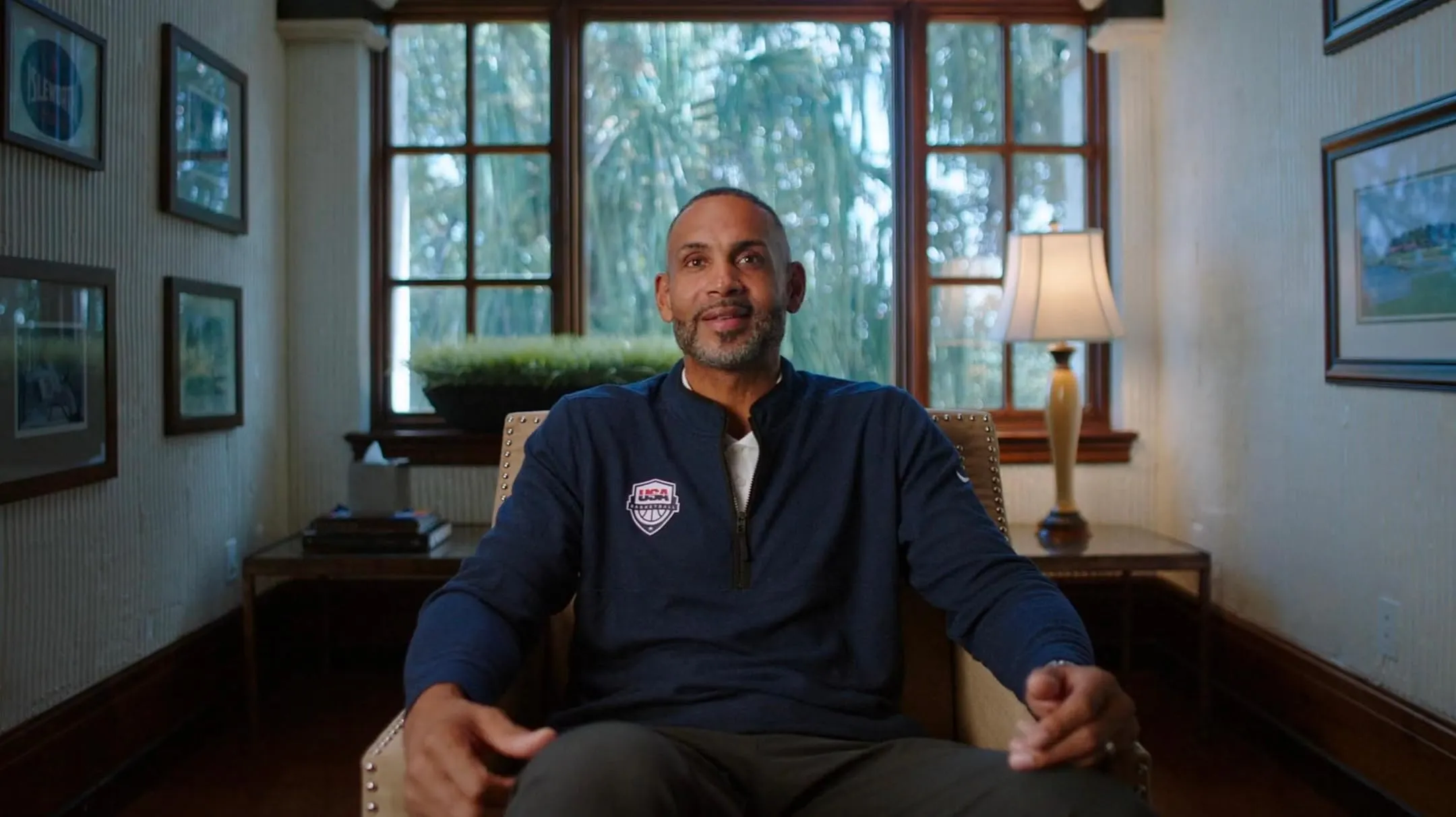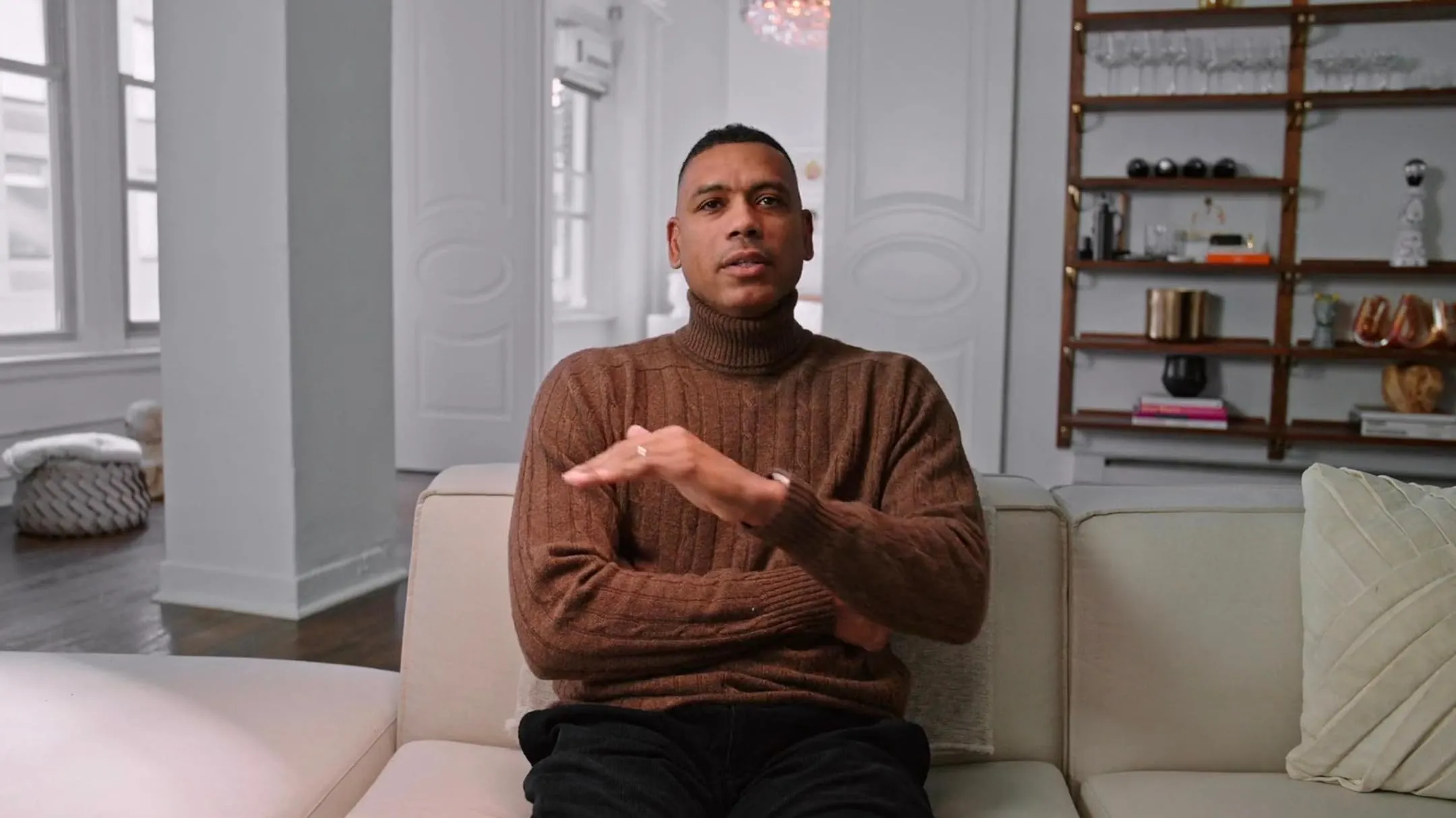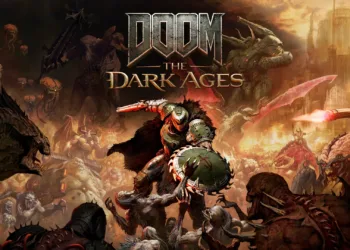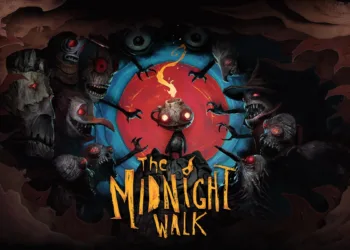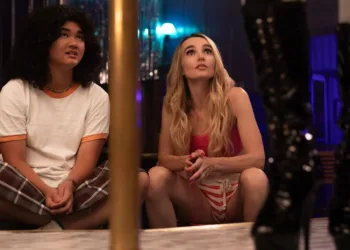Michael Tolajian’s We Beat the Dream Team (2025) arrives on Max as a brisk 90-minute dispatch from sports lore, reframing the 1992 Barcelona Olympics’ most iconic assembly. Tolajian, whose résumé includes work on The Last Dance, turns his lens toward that moment when the vaunted U.S. Men’s Olympic basketball squad—an ensemble featuring Michael Jordan, Magic Johnson, Larry Bird and their peers—suffered its lone defeat at the hands of a motley crew of collegiate standouts.
At its heart lies a singular contradiction: a team billed as invincible undone in an informal scrimmage. That contested game, captured in grainy footage and recollected by participants, becomes the film’s animating paradox. Grant Hill, seven-time NBA All-Star turned narrator and managing director of USA Basketball, presides over the narrative with ease. His voice strikes a measured chord—neither triumphalist nor wistful—inviting viewers to reconsider the Dream Team’s untouchable reputation.
Opening with a montage that stitches archival practice clips to contemporary reflections, the documentary stakes its claim as myth–buster rather than hagiography. Hill’s commentary threads the youthful ardor of his fellow Select Team players with the cool precision of veterans looking back. This section of the review will explore how the storytelling unfolds, how Tolajian balances raw historical footage with on-camera testimony, and how the film’s aesthetic choices underscore themes of competition, legacy, and the uneasy intersection of amateur ambition and professional legend.
Foundations of a New Era
Before Barcelona’s sun lit the hardwood in 1992, Olympic basketball existed in a twilight of missed opportunities and near-mythic frustrations. For decades, Team USA’s amateur ambassadors carried hopes that often collapsed against seasoned international squads. National pride clashed with the realities of amateur status, and gold medals slipped through America’s fingers with stubborn regularity.
Then came the rule change, sweeping away the invisible barrier between collegiate hopefuls and professional titans. Suddenly, the sport’s brightest stars—Michael Jordan, Magic Johnson, Larry Bird—shook off the Olympic shackles. This constellation of talent, assembled under Chuck Daly’s steely leadership, was greeted with breathless anticipation: a global spectacle, a basketball “Avengers” gathering to redeem past failures.
In parallel, USA Basketball summoned a Select Team of collegiate standouts to sharpen the pros’ edge. Guided by Grant Hill’s competitive fire and the steady hand of Mike Krzyzewski, this cadre of future lottery picks—Chris Webber, Penny Hardaway, Jamal Mashburn among them—embodied raw ambition. Their mandate was simple: push the Dream Team in practice and prepare them for unfriendly courts abroad.
Yet the scrimmage outcome punctured the aura of invincibility. Word of that singular defeat spread like wildfire, transmuting a 20-minute practice game into legend. Was Chuck Daly’s purported mind game a crafty provocation or a retelling grown louder with each year? Did Coach K truly orchestrate a controlled loss to ignite urgency? Such anecdotes hover between tantalizing conspiracy and uneasy truth, inviting viewers to question how sporting history is written—and who holds the pen.
Rhythm of the Upset
The film opens with a snap-cut montage, stitching together grainy practice footage and helmet-to-helmet slow-motion highlights. The roar of a makeshift gym bleeds into the present-day hush of Grant Hill’s narration, instantly drawing a line between past myth and present memory. From that moment, stakes loom: two teams, separated by pedigree but united by hardwood, embarking on a collision course.
Tolajian then alternates between a linear progression—selection camps, coach drills, lineup announcements—and thematic deep dives, pausing to examine the simmering pride of Chris Webber or the unspoken tension behind Larry Bird’s gaze. The scrimmage itself arrives mid-film like a thunderclap, its twenty-minute span stretched by judicious slow-motion and strategic flashbacks. Then, just as adrenaline peaks, the third act pivots, spotlighting whispered coach-room debates and the unforgettable Hill–Coach K exchange, reframing what seemed settled into open question.
Talking heads weave through archival reels with disciplined restraint. Players’ recollections crackle against the grain of black-and-white footage, while the documentary sidesteps modern punditry in favor of firsthand testimony. Tension builds in close-ups—knuckles white, eyes narrowed—and then yields to brief moments of levity: an impromptu quip, shared laughter, a hint of youthful bravado slipping back through the years.
Faces of Defiance
Grant Hill’s presence anchors the film with an unspoken gravity. His narration carries the steady cadence of someone who has lived both sides of the legend yet remains curiously detached from its halo. When he pauses to recall a flicker of panic at Jordan’s first crossover or the electric charge in the gym, Hill’s voice blends measured authority with a trace of the young competitor who dared to challenge giants.
The Select Team emerges not as underdogs but as hungry peers. Chris Webber’s memory crackles with astonishment as he describes the first time he saw Bird stride toward him; Penny Hardaway’s trademark smile belies the fierce determination behind his words; Jamal Mashburn and Allan Houston trade anecdotes that shimmer with equal parts reverence and rivalry. Bobby Hurley’s account of pregame rituals and Eric Montross’s reflection on playing on foreign hardwoods underscore how each collegiate talent tasted the surreal edge of facing NBA royalty. Rodney Rogers’s quiet recollection, delivered with soft precision, reminds us that even in victory these young men felt the weight of legend.
Cameo reflections from Michael Jordan, Magic Johnson and Larry Bird arrive sparingly, like tonal highlights in a broader composition. Jordan’s clipped recollection carries the same sharp intensity that defined his game; Magic’s laughter echoes off-screen long after his voice fades; Bird’s gruff counsel—“Get some fucking rest”—lands as both reprimand and backhanded compliment.
Behind them, Lenny Wilkens and Chuck Daly sketch the film’s strategic anatomy. Wilkens’s coaching insight slices through nostalgia, while Daly’s archival comments cast a shadow of intent over every rebound. Mike Krzyzewski’s mind-game theory and Roy Williams’s sober observations on roster depth ripple through the narrative, culminating in the charged moment when Hill confronts his former coach on podcast turf—an unscripted collision of loyalty and inquiry.
Frames of Memory
Tolajian treats the scrimmage footage with reverence, allowing its grain and jitter to speak of a moment meant never to be replayed. Single-camera angles and wavering focus lend the film a documentary authenticity, each flickering frame a testament to the era’s technical limits. These raw clips slide seamlessly into present-day interviews, the transition marked by a subtle shift in color temperature: muted sepia for 1992, crisp daylight for today’s reflections.
The archival palette extends beyond game film. Locker-room banter, candid hotel shots and sideline tensions surface in unexpected moments, offering cracks in the polished legend. Excerpts from The Last Dance and other familiar documentaries appear sparingly, woven into the tapestry rather than laid on top, ensuring Tolajian’s narrative remains sovereign.
Musical cues carry their own weight. Beethoven’s stirring themes coil beneath Hill’s narration, while Bill Conti’s triumphant strains from Rocky punctuate pivotal sequences, turning simple practice drills into symphonic clashes. Ambient gym echoes—bouncing ball, squeaking sneakers, distant whistles—immerse the viewer in that reverent hush between breaths.
On-screen graphics arrive as measured annotations: roster slides, period-accurate statistics and timeline markers that track each team’s evolution. The typography, consistent in its modern minimalism, bridges past and present, underscoring how memory is both preserved and reimagined.
Echoes Beyond the Court
The scrimmage’s greatest revelation is the resilience of those collegiate contenders. Under the harsh lights of a modest gym, future stars seized the fleeting chance to upset their own mythology, trading wide-eyed reverence for a fierce will to conquer. Their urgency—forged in the knowledge that this was both audition and reckoning—radiates through every replayed jump shot and shouted exhortation.
This documentary charts a seismic shift: the Olympic stage’s migration from amateur showcase to professional theater. That pivot reshaped global expectations, elevating basketball from domestic pastime to international phenomenon. In the aftermath of Barcelona, a new generation of overseas talents—imbued with lessons learned by facing the Dream Team—would rise, forever altering the game’s geography.
Legends are as much stories as they are facts, and here the film questions the alchemy of myth. Memory warps events into legend: a fleeting scrimmage becomes a cautionary tale about hubris or a deliberate spark to stoke ambition. Was the loss a spontaneous upset or a calculated provocation? The ambiguity hangs like a half-remembered chant in an empty arena.
Yet, even more compelling is the suggestion that failure can provoke transcendence. If that solitary defeat truly stoked the Dream Team’s competitive fire, then the scrimmage stands as both challenge and crucible—an unexpected forge where greatness was tested, refined and ultimately reaffirmed.
Final Buzzer
The film’s greatest virtue lies in its unassuming revelation of a familiar legend’s hidden fissure. By focusing on that singular scrimmage, it breathes fresh life into a story long set in stone, propelled by vivid firsthand accounts and a narrative voice that neither lionizes nor diminishes its subjects. At times the archival footage feels constrained—single-camera angles and grainy footage can blur critical moments—but these imperfections underscore the documentary’s authenticity rather than detract from it.
Those who grew up tracking ’90s basketball will find themselves utterly captivated: the rhythm of sneakers on hardwood, the crackle of a near-mythical upset, the sight of future Hall of Famers trading jabs under fluorescent lights. Documentary aficionados and students of sports history will appreciate its tight focus and deft interrogation of how legends are born.
Positioned alongside The Last Dance and Court of Gold, this piece stakes its claim by illuminating an underexplored corner of Olympic lore. Rather than revisiting the same victories, it turns its gaze toward an unexpected defeat and demonstrates how that loss reverberated through the world of basketball.
Nostalgic or scholarly, every viewer emerges reminded of the raw energy that pulses beneath every ledger of triumph. For anyone eager to witness how a moment of vulnerability can redefine greatness, this documentary delivers with both clarity and heart. Highly recommended for its nuanced portrait of sports legend.
Full Credits
Director: Michael Tolajian
Writer: Michael Tolajian
Producers: Michael Tolajian, Moses Musilu
Executive Producers: Bentley Weiner, Craig Barry, Luis Silberwasser
Cast: Grant Hill, Chris Webber, Penny Hardaway, Bobby Hurley, Jamal Mashburn, Allan Houston, Rodney Rogers, Eric Montross, Christian Laettner, Michael Jordan, Magic Johnson, Larry Bird, Charles Barkley, Scottie Pippen, P.J. Carlesimo, Mike Krzyzewski, Roy Williams
Director of Photography: Peter Winik
Editor: Ken Mowe
The Review
We Beat the Dream Team
Tolajian’s documentary transforms a forgotten practice game into a vivid exploration of ambition, pressure and myth. Anchored by Grant Hill’s clear-eyed narration and buoyed by firsthand recollections from both collegiate hopefuls and NBA icons, We Beat the Dream Team captures the electric tension of that singular upset and its lasting ripple through basketball history. Grainy footage and coach-room speculation enhance rather than hinder its authenticity. A must-watch for those drawn to sports’ untold moments.
PROS
- Fresh focus on a single, underexplored moment
- Compelling firsthand interviews from Hill, Webber, Bird, et al.
- Authentic archival footage that deepens immersion
- Nuanced interrogation of myth and motivation
- Dynamic editing that balances tension and levity
CONS
- Grainy, single-camera clips sometimes obscure key action
- Familiar territory for hardcore Dream Team aficionados
- Limited outside analysis beyond participant testimony









































